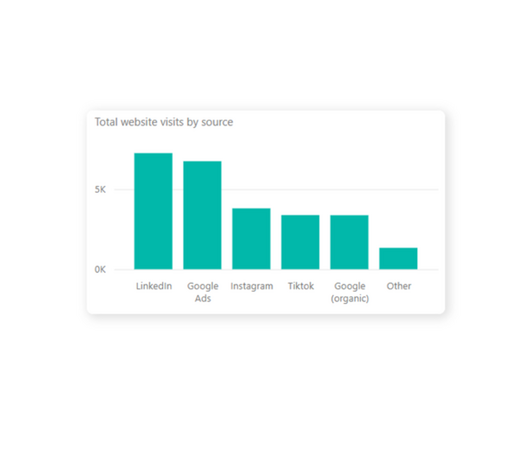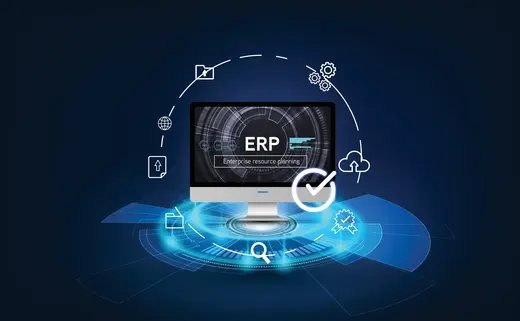- Analytics & Reporting
Pitfalls during an ERP implementation
Are you looking for a new ERP system or is your ERP system in need of an upgrade? In either case, you quickly find yourself in an implementation process where numerous things can go wrong.
Below we list some of the most common pitfalls during an implementation process and how best to avoid them.
Underestimate the time data leasing and migration takes
A new implementation or upgrade is the perfect opportunity to get your master data back in order. If you simply copy your current master data to the new system, you will end up with the same data quality as before.
Data migration and cleansing is one of the most labor-intensive things during an implementation project. This is very often underestimated. Start early by mapping all your data and then step by step verify and migrate to the test environment of the new system.
The IS vendor does not have sufficient understanding of your business processes
Don't just choose the first best IT vendor in a particular technology or in your region. It is critical that you choose a party that has already completed implementations at companies with similar processes to your business. This will allow you to work with consultants who are knowledgeable and save you unnecessary extra explanation.
In addition, some IT vendors focus on a specific niche, for example, installation and service companies or production in food. These IT vendors often also have their own extensions (add-ons) to the ERP system to meet your company's special needs out of the box.
Scope creep, unnecessarily expanding the project scope
At the start of the implementation, a defined scope is agreed upon for a defined budget. The intention is that the scope, the timing of the project and the budget do not deviate, or deviate as little as possible, from the agreements. So always apply the principle of "stick to the plan" and only deviate from scope if a certain change is really critical for your company.
User Acceptance Testing (UAT) is superficial.
During UAT testing, the goal is for all key users within your company to thoroughly test their processes within the new system. The purpose of UAT testing is to demonstrate that the system as well as your employees are ready for go-live.
Often key users test too superficially and too quickly, causing important details to be lost. Set up test scenarios per domain and per key user with all possible flows that occur in your business. This way you have control over the progress of testing and guarantee that all processes will be tested.
Underestimate the additional workload during an ERP implementation
It is important that you and the key users not only follow the workshops during the implementation, but also make time to do your "homework" afterwards. The following things need to happen continuously:
- Testing and trying out for yourself what was explained in the workshop by the consultants
- Preparing and cleaning up data for the data migration
- Reviewing the conclusions of the workshop and preparing any feedback for the next session
As a rule of thumb here, for every hour that a consultant works on the new system, your team should perform 2 hours in total.
Insufficient awareness of change among employees
Finally, you should also be aware that a new system and updated business processes will have a major impact on your employees. Make sure you assemble a team that is 100% behind the new system and communicate this to colleagues. If employees show resistance to the new system, listen to their concerns and try to come up with a solution.








